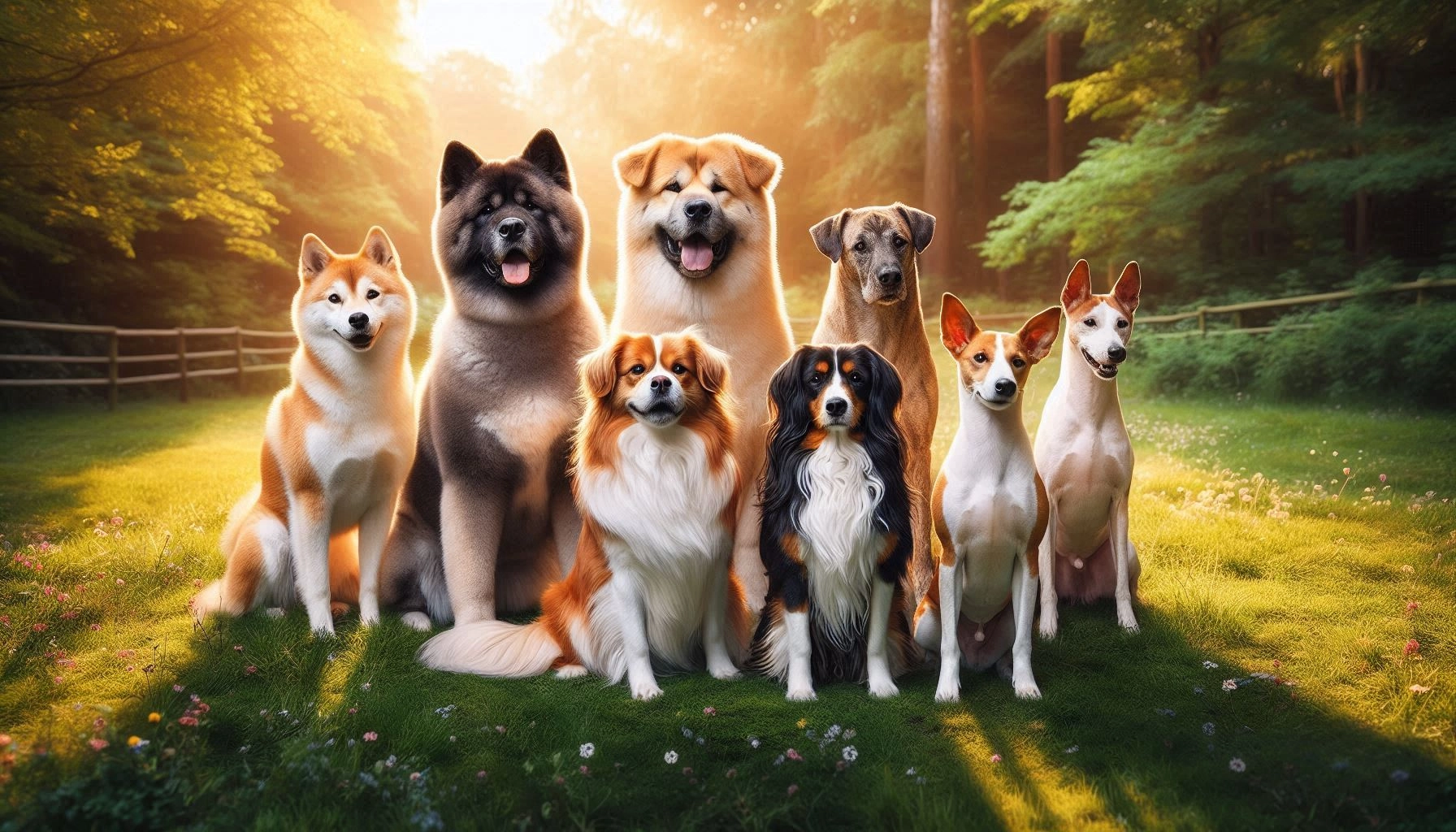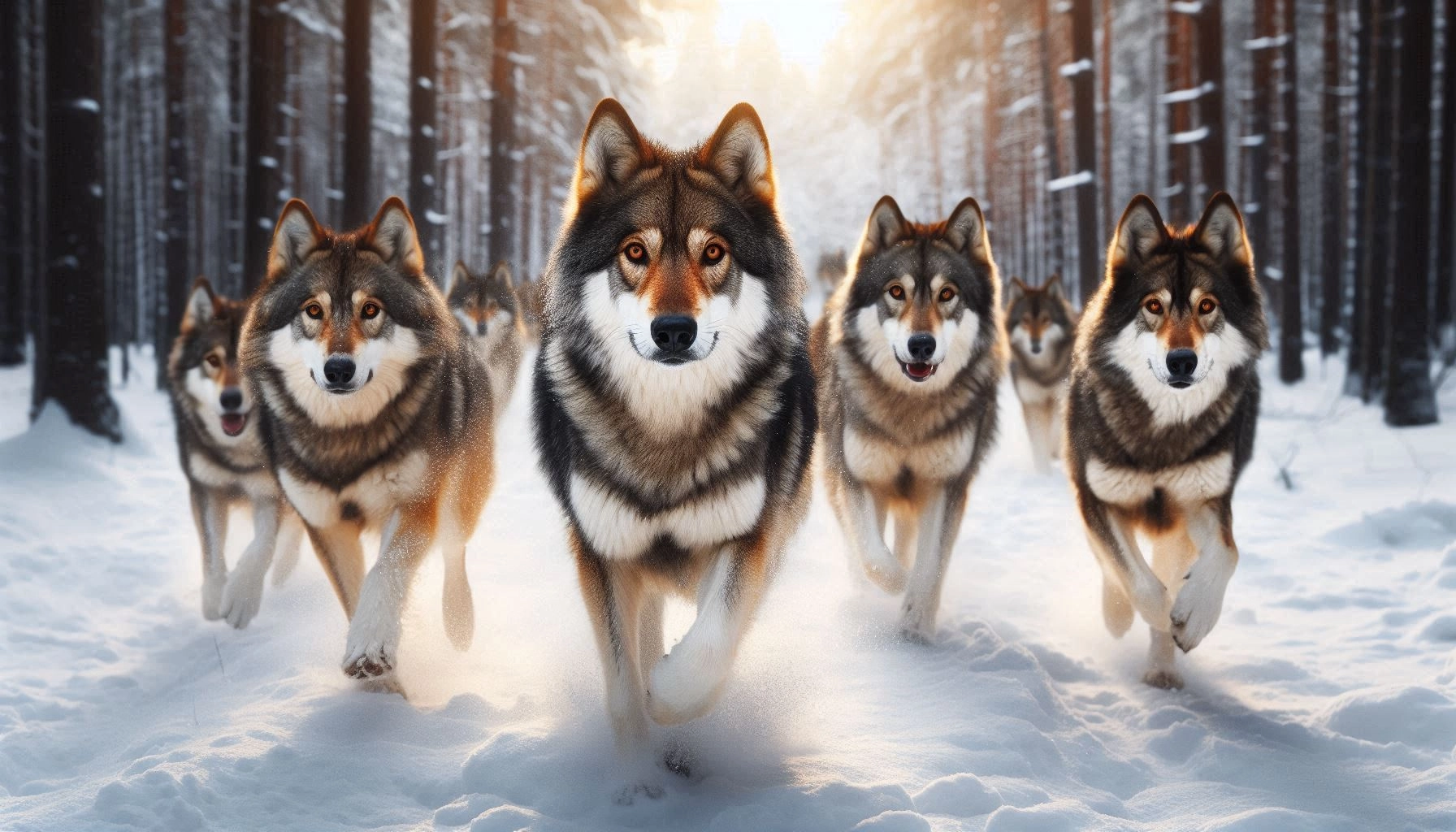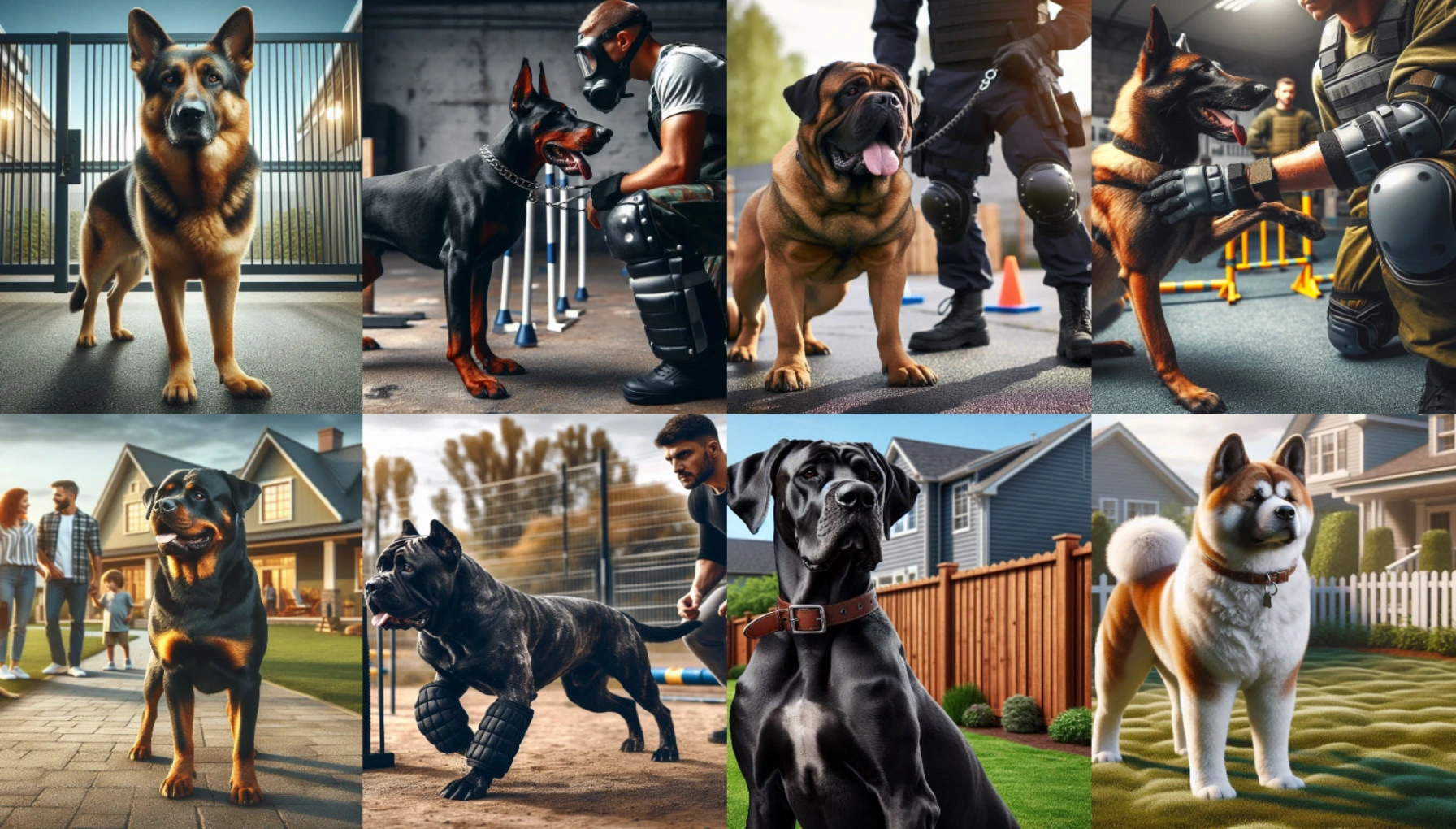Table of Contents
Top 10 Dog Grooming Tips: How to Keep Your Dog Looking and Feeling Great
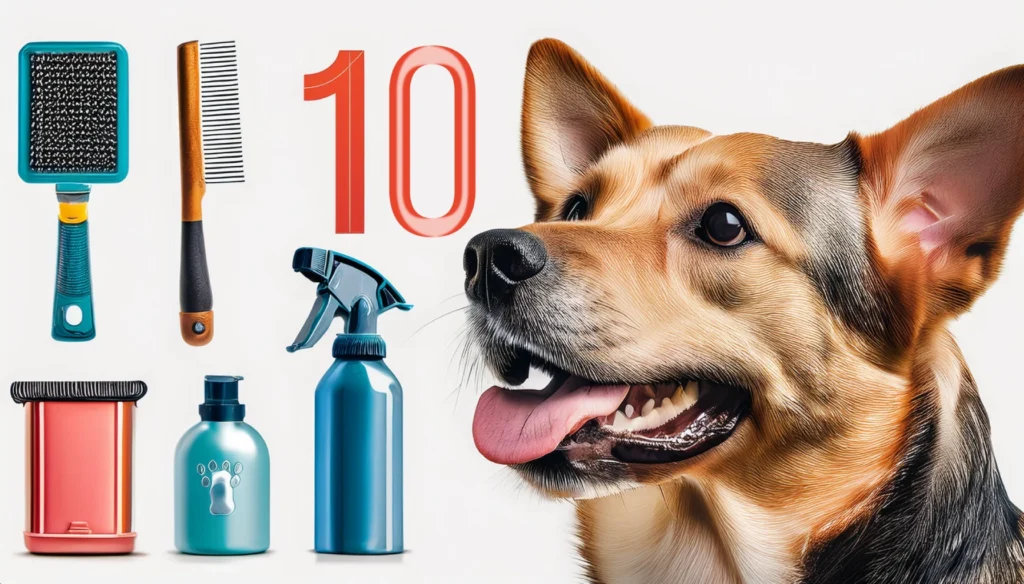
Grooming your dog is more than just making them look good it’s essential for their health and well-being. Regular grooming helps prevent infections, reduces shedding, and ensures your dog feels comfortable. Whether you’re a new pet owner or an experienced one, these dog grooming tips will help keep your furry friend happy, healthy, and looking their best.
Why Do Dogs Need Grooming?
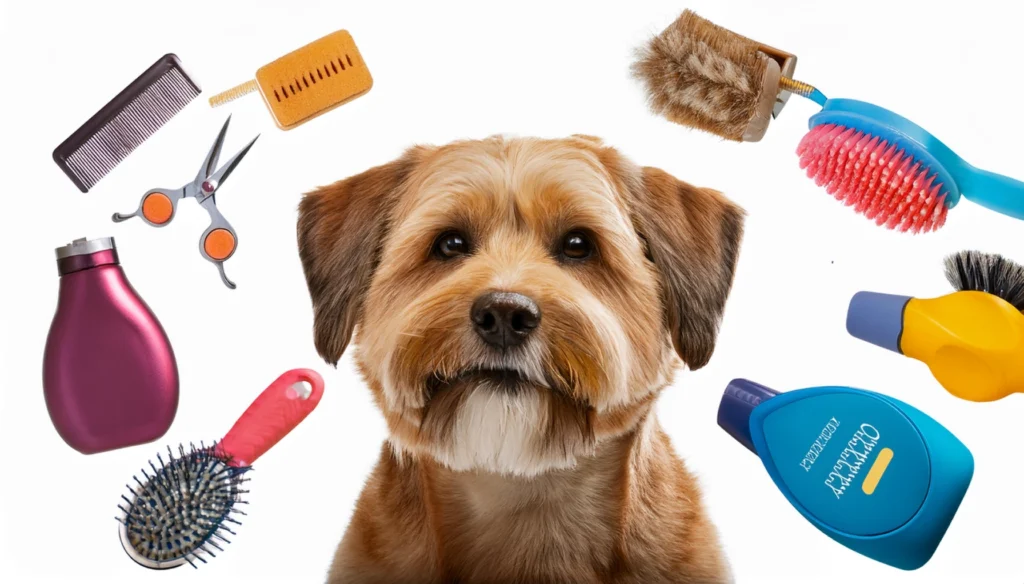
Grooming is crucial for maintaining a dogs physical health and emotional well-being. It keeps their coat clean, reduces the risk of skin infections, and allows you to check for abnormalities like ticks, fleas, or skin conditions. Grooming also helps with bonding, building trust between you and your dog. For many breeds, proper grooming is not just a luxury but a necessity to avoid discomfort and even health issues.
Let’s dive into the top 10 dog grooming tips every pet owner should know.
Tip 1: Brushing Your Dog Coat Regularly

Brushing is essential for all dogs, regardless of whether they have short or long coats. Regular brushing removes dirt, prevents matting, and helps to distribute the natural oils in your dog’s skin, which promotes a healthy, shiny coat.
Benefits of Regular Brushing:
- Removes debris and loose fur: Brushing your dog helps remove dirt, dead skin cells, and loose hair, reducing the amount of hair left around the house.
- Prevents matting: For long-haired breeds, like Golden Retrievers or Shih Tzus, matting can be uncomfortable and may lead to skin infections if left untreated. Regular brushing prevents these tangles.
- Stimulates natural oils: Brushing stimulates the skin and distributes natural oils, keeping your dog’s coat moisturized and shiny.
Brush Types by Coat:
- Short-haired breeds (like Beagles or Boxers): Use a bristle brush to remove loose fur and keep the coat smooth.
- Long-haired breeds (like Collies or Poodles): A slicker brush works well to detangle and prevent mats. For heavy shedders, consider an undercoat rake.
Regular brushing not only keeps your dog looking great, but it also reduces shedding and prevents potential skin issues, making it a must-do grooming task.
Tip 2: Bathing Your Dog the Right Way
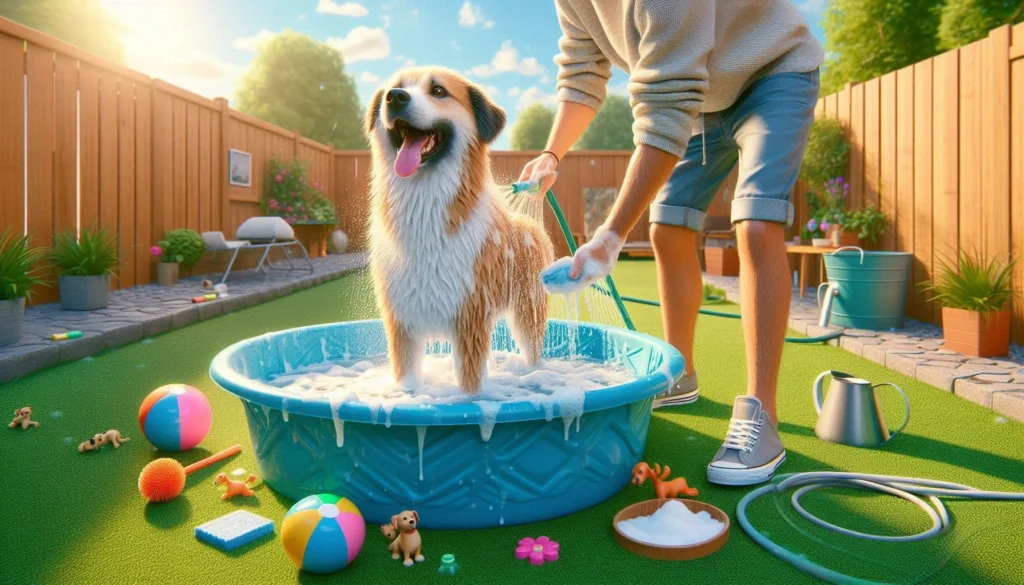
Bathing is important, but how often should you do it? The answer depends on your dog breed, lifestyle, and coat type. While some dogs, like those with oily coats, may need more frequent baths, others only need a bath every few months.
Bathing Frequency:
- Short haired dogs: Breeds like Bulldogs or Dachshunds may only need a bath every 2-3 months.
- Long haired dogs: Breeds like Huskies or Spaniels might benefit from a bath every 1-2 months, especially if they get dirty often.
Choosing the Right Shampoo:
Opt for a gentle, dog-friendly shampoo. If your dog has sensitive skin, choose a hypoallergenic or oatmeal-based formula to avoid irritation.
Step by Step Bathing Guide:
- Prep your dog: Brush their coat to remove loose hair and mats before the bath.
- Water temperature: Use lukewarm water, as water that’s too hot or cold can be uncomfortable.
- Shampoo: Lather up with dog shampoo, avoiding the eyes, ears, and mouth.
- Rinse thoroughly: Ensure all shampoo is washed out to prevent skin irritation.
- Dry your dog: Towel dry, or use a dog specific blow dryer on a cool setting.
For dogs that dislike bath time, try using treats and positive reinforcement to create a stress free experience. Start slow, introducing water gradually to avoid overwhelming them.
Tip 3: Keeping Your Dog Ears Clean
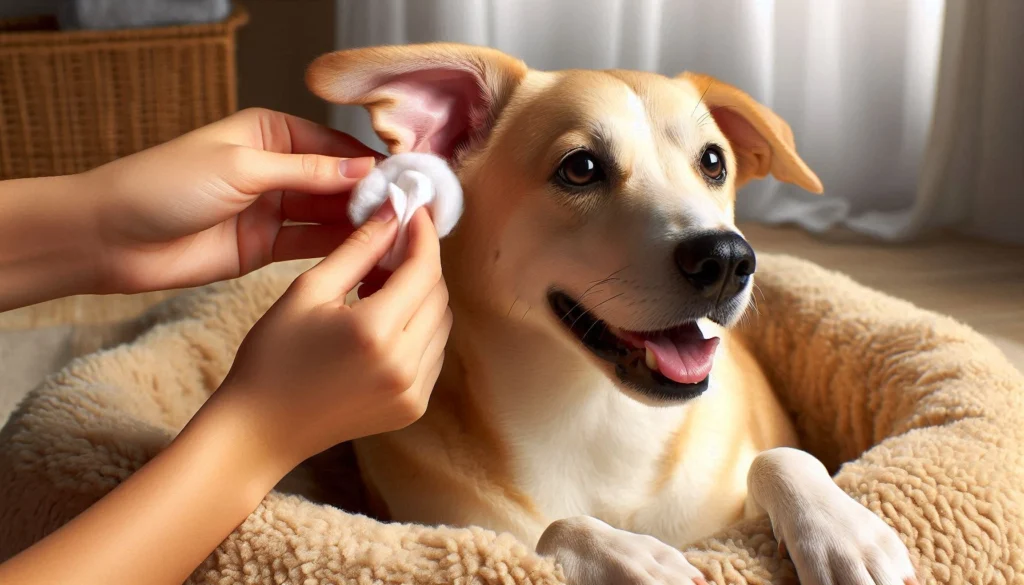
Dogs, especially those with floppy ears like Cocker Spaniels or Basset Hounds, are prone to ear infections. Regular ear cleaning helps prevent buildup of wax and debris, which can lead to infection.
Signs of Ear Issues:
- Redness or swelling
- Foul odor
- Excessive scratching or head shaking
How to Clean Your Dog Ears:
- Choose an ear cleaner: Use a vet-approved ear cleaner specifically designed for dogs.
- Apply the cleaner: Gently squirt the cleaner into your dog ear canal.
- Massage the base: Massage the base of the ear to help loosen wax and debris.
- Wipe away excess: Use a cotton ball to wipe the outer ear. Avoid inserting anything deep into the ear canal, as this can cause damage.
By cleaning your dog’s ears every few weeks, you can help prevent infections and discomfort.
Tip 4: Nail Trimming A Crucial Part of Grooming
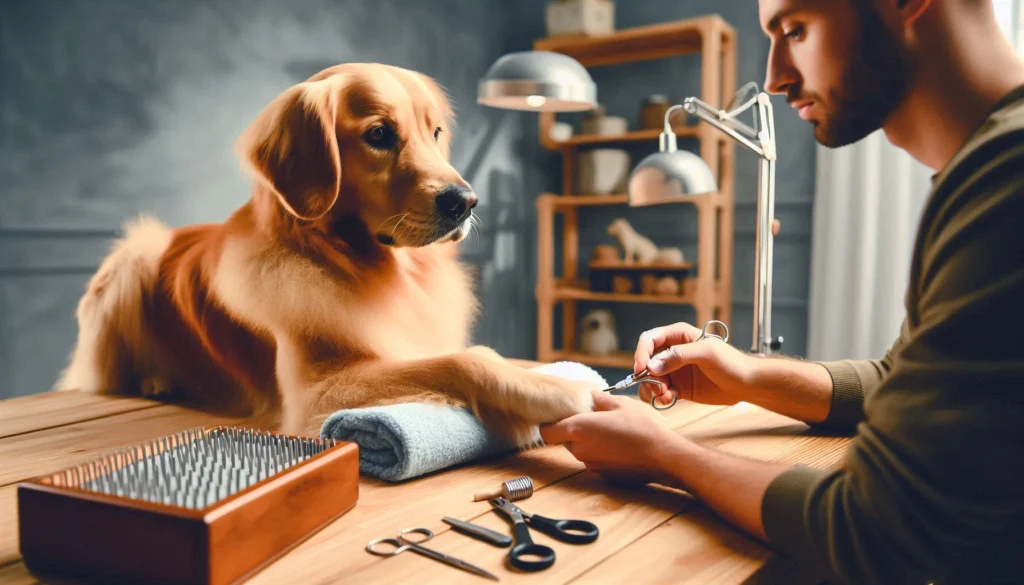
Overgrown nails can cause discomfort for your dog, leading to pain or even long term issues like arthritis. Keeping your dog’s nails trimmed prevents these problems and makes walking more comfortable.
When to Trim:
If you hear your dog nails clicking on hard surfaces, it’s time for a trim. Most dogs need their nails clipped every 3-4 weeks.
How to Trim Nails Safely:
- Choose the right tool: Use dog nail clippers or a nail grinder.
- Locate the quick: The quick is the sensitive part of the nail that contains blood vessels. On light nails, you can see it as a pink area. Be careful not to cut too close.
- Trim in small increments: If you’re new to trimming, start by cutting small portions to avoid hitting the quick.
For dogs nervous about nail trimming, introduce them to the process slowly. Use treats and praise to create positive associations.
Tip 5: Dental Care Keep Your Dog Teeth Clean
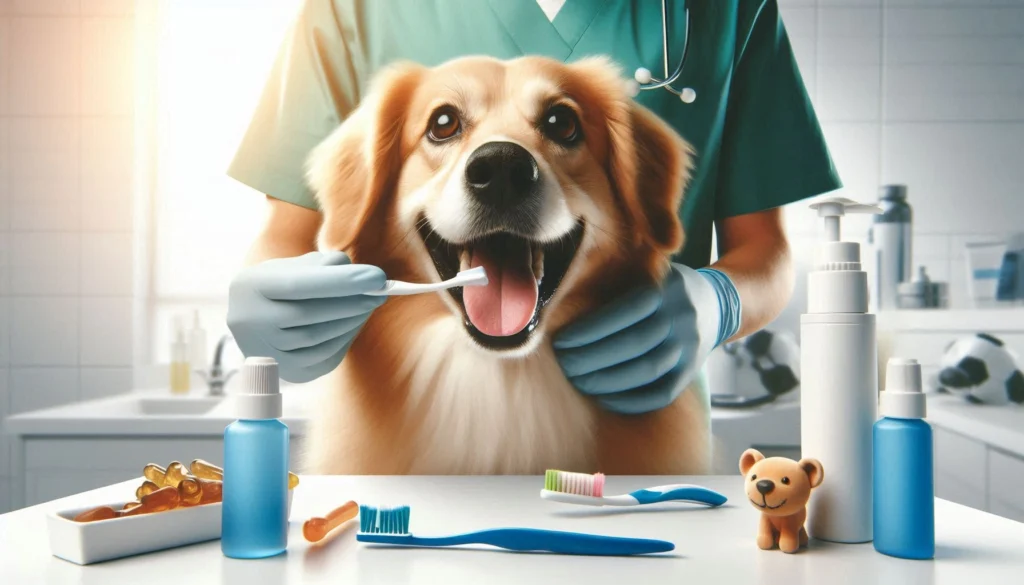
Just like humans, dogs need regular dental care to prevent plaque buildup, gum disease, and tooth decay. Poor dental health can lead to other health problems, such as heart and kidney issues, so it’s essential to keep your dog’s teeth clean.
How to Brush Your Dog Teeth:
- Choose a dog safe toothpaste: Never use human toothpaste. Dog friendly toothpastes come in flavors like chicken or peanut butter.
- Use a soft brush: A finger brush or soft-bristle toothbrush works well.
- Brush in small circles: Gently brush in a circular motion along the gum line for a minute or two each day.
Alternative Dental Care Methods:
- Dental chews and toys: These can help remove plaque and tartar.
- Water additives: Some products can be added to your dog water to promote oral health.
Regular vet checkups for professional teeth cleanings are also recommended to ensure optimal dental hygiene.
Tip 6: Eye Care Keeping Your Dog Eyes Bright and Healthy
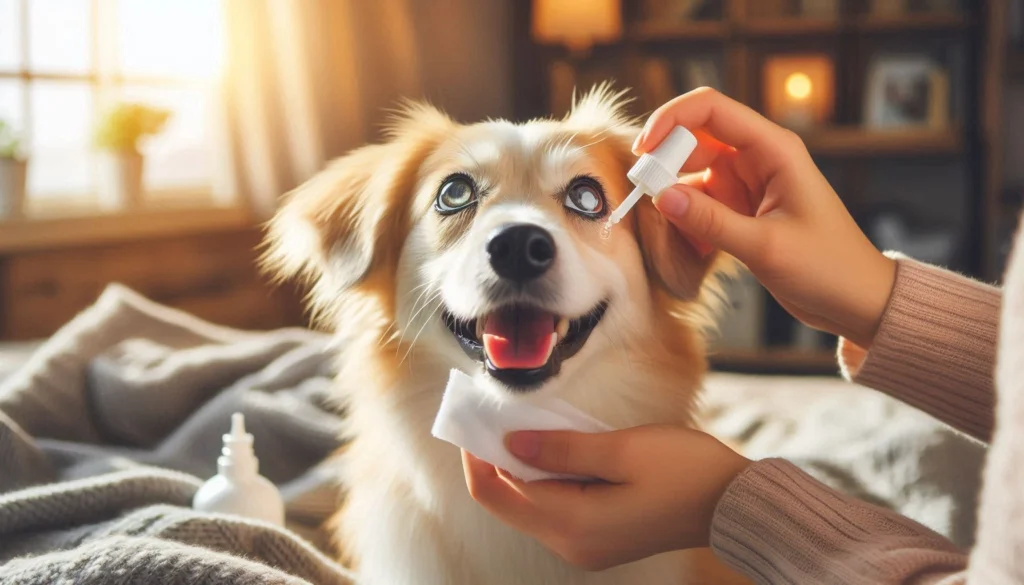
Dogs are prone to various eye issues, including tear staining, discharge, and infections, which can be uncomfortable or even harmful if left untreated. Regular eye care is critical for preventing these problems and ensuring your dog’s eyes stay bright and healthy.
Common Eye Issues:
- Tear staining: Common in light-colored dogs like Maltese or Bichons, tear stains can discolor the fur around the eyes.
- Eye discharge: Some breeds naturally produce more eye discharge, but excessive buildup could signal an infection.
- Infections: Redness, swelling, or a foul odor can be signs of infection that require vet attention.
How to Clean Your Dog Eyes:
- Use a soft, damp cloth or vet approved eye wipes to gently wipe away any discharge or tear stains.
- Clean around the eyes carefully, avoiding direct contact with the eyeball itself.
- Never use human eye products on your dog always consult your vet if your dog has persistent eye issues.
Certain breeds, like Bulldogs or Poodles, are more prone to eye problems due to their anatomy, so they may need extra care and regular checkups. Keeping an eye on your dog’s eye health is an easy way to prevent discomfort and infections before they become a problem.
Tip 7: Keeping Paws Clean and Protected

Your dog paws go through a lot, especially if they spend time outdoors. Keeping their paws clean and protected is essential to their health and comfort, as their pads can easily pick up debris or become irritated in extreme weather.
Regular Paw Checks:
- Inspect your dog paws regularly for any signs of cuts, debris, or irritation, especially after walks.
- Gently clean their paws with a damp cloth or rinse them with water after walks, particularly during winter (due to salt or ice) or summer (hot pavement).
Paw Protection and Care:
- Paw balms: Moisturize and protect your dog’s pads, especially if they’re frequently exposed to harsh conditions.
- Trimming hair around paw pads: Long hair between the paw pads can trap dirt and lead to matting. Keep this hair trimmed to prevent slipping on smooth surfaces.
By taking these simple steps, you can keep your dog’s paws healthy and comfortable year round, ensuring they remain pain-free and ready for adventure.
Tip 8: Grooming for Specific Breeds
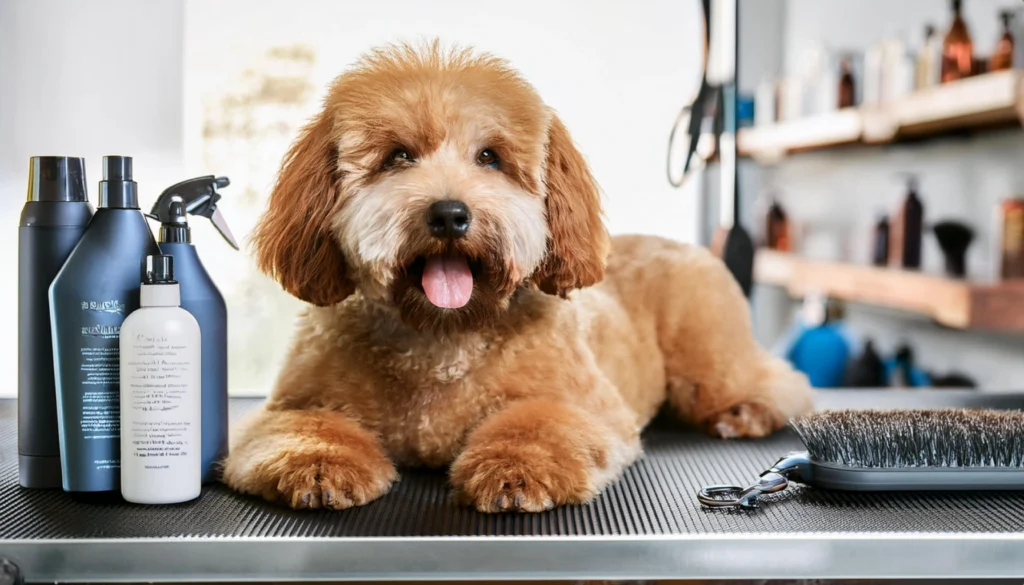
Not all dogs have the same grooming needs. Breed specific grooming is vital to maintaining a healthy coat and preventing discomfort. Understanding your dog unique grooming requirements will make a big difference in their overall health.
Grooming by Coat Type:
- Double coated breeds (like Huskies or Golden Retrievers): These breeds require special care during shedding season, including regular brushing to remove the undercoat and prevent matting.
- Curly coated breeds (like Poodles or Bichon Frises): Their hair grows continuously and requires regular professional grooming to avoid mats and tangles.
- Wiry coated breeds (like Terriers): These dogs may need hand stripping to remove dead hair and maintain coat texture.
For dogs with hypoallergenic or wiry coats, professional grooming every 4-6 weeks is often recommended. Regular maintenance at home, combined with professional care, will keep your dog coat healthy and easy to manage.
Tip 9: Managing Shedding and Seasonal Changes
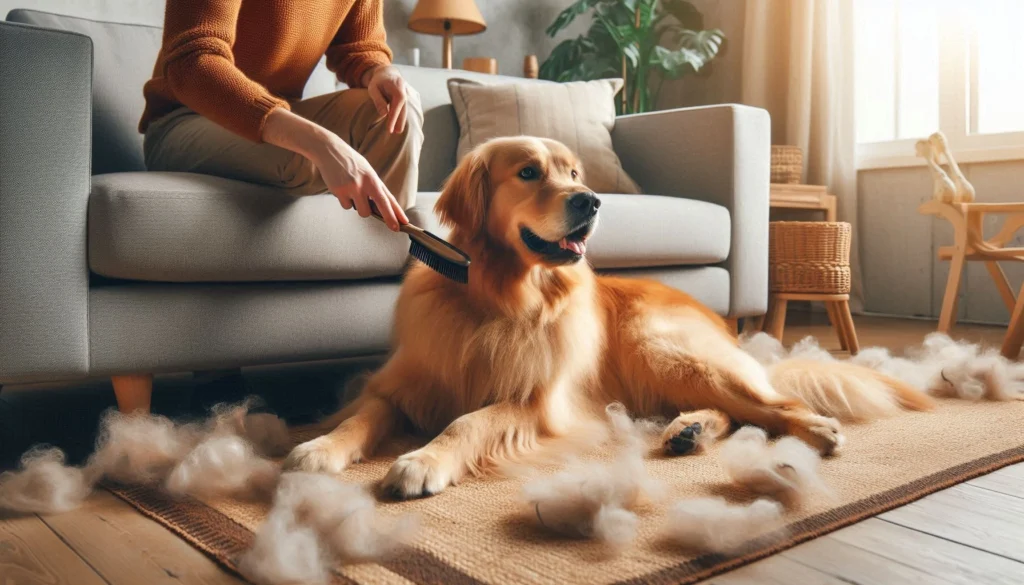
Many dogs experience increased shedding during seasonal changes, particularly in spring and fall. While shedding is natural, it can be managed effectively with the right grooming routine.
Shedding Management:
- Regular brushing: Brushing your dog more frequently during shedding seasons helps to remove loose hair before it ends up all over your house.
- De-shedding tools: Invest in a de-shedding brush or tool, which is designed to reach the undercoat and remove excess fur without damaging the topcoat.
- Proper diet and hydration: A well-balanced diet and proper hydration are essential for maintaining a healthy coat. Fatty acids like Omega-3 can also improve coat health and reduce excessive shedding.
Home Clean-Up:
- Vacuum regularly: Using vacuums designed for pet hair can make clean-up easier during high-shedding seasons.
- Fur removers: Consider tools like lint rollers or pet-specific fur removers to keep your home fur-free.
With consistent grooming and a few simple tools, you can manage your dog’s shedding and maintain a clean, comfortable environment for both you and your pet.
Tip 10: Making Grooming a Positive Experience
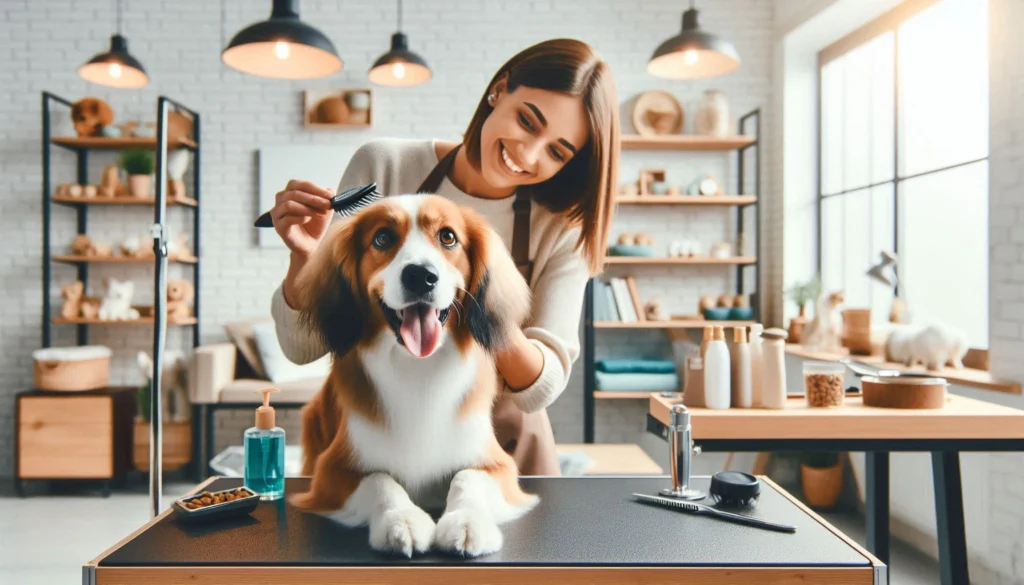
Grooming doesn’t have to be stressful for your dog or for you. By making it a positive and enjoyable experience, you can turn grooming into a bonding activity that your dog looks forward to.
Start Early and Stay Consistent:
- Introduce grooming to your dog from an early age. This will desensitize them to the tools and processes, making it easier as they grow.
- Consistency is key. Regular grooming sessions will help your dog get used to the routine.
Use Positive Reinforcement:
- Offer treats, praise, and affection throughout the grooming process to keep your dog calm and happy.
- If your dog is particularly nervous, break grooming tasks down into smaller steps and reward them after each successful step.
Making grooming a positive experience not only keeps your dog stress levels down but also strengthens the bond between you and your pet. By creating a calm and enjoyable environment, you’ll make grooming sessions something to look forward to.
Conclusion
Grooming is about more than just keeping your dog looking great it’s a vital part of their overall health and happiness. By following these grooming tips, you can create a routine that works for your dog’s unique needs and helps to strengthen the bond between you and your furry friend. Remember, when in doubt, consult a professional groomer or vet for advice.
Do you have any grooming tips or stories to share? Let us know in the comments! And don’t forget to share this article with other dog lovers who want to keep their pets looking and feeling fantastic.
FAQs
How often should I groom my dog?
Grooming frequency depends on your dog’s breed and lifestyle. Long-haired breeds may need brushing several times a week, while short haired dogs can be brushed once a week. Baths should be given as needed, typically every 4-6 weeks.
Can I use human shampoo to bathe my dog?
No, human shampoos can be too harsh for a dog’s skin and cause irritation. Always use a dog-specific shampoo, especially if your dog has sensitive skin or allergies.
What should I do if my dog is scared of grooming?
Start slow and use positive reinforcement, like treats and praise, to make grooming a positive experience. Gradually introduce your dog to the grooming tools and processes, taking breaks if they seem overwhelmed. Professional groomers can also help with dogs that are particularly anxious during grooming sessions.
